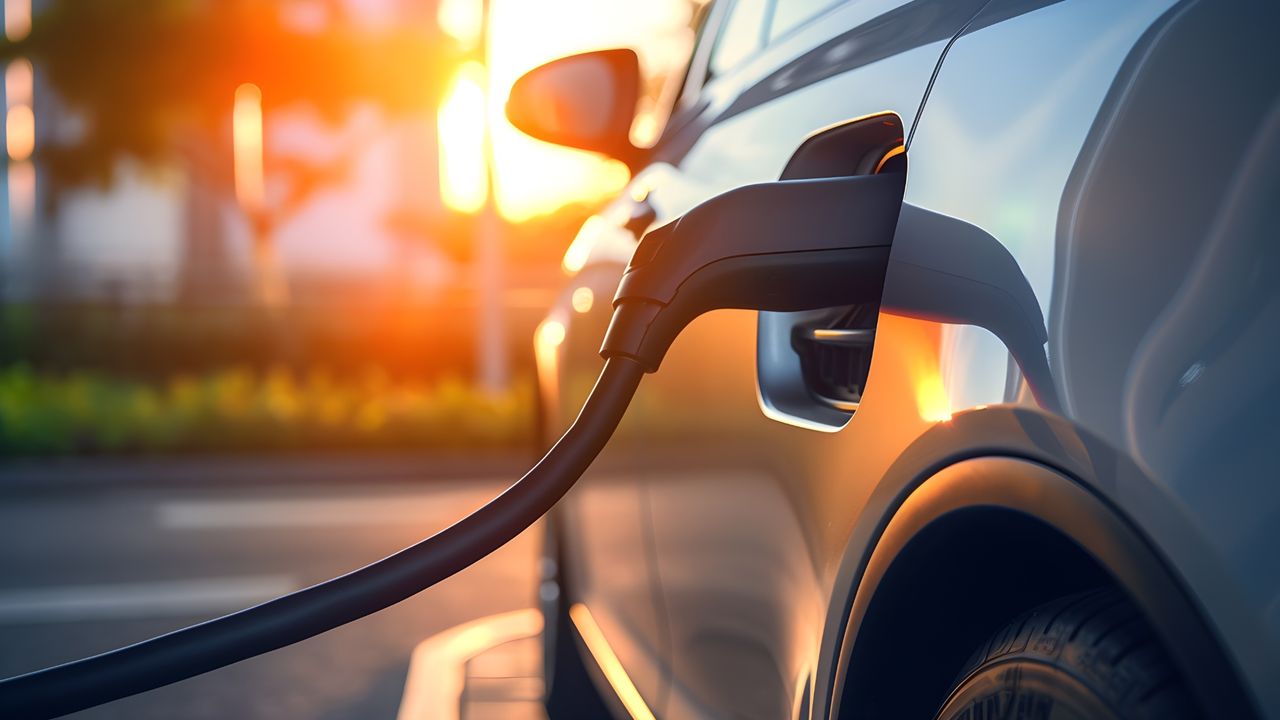Fast Charging vs. Slow Charging for Electric Vehicles: Which Is Better?
When it comes to charging your electric vehicle (EV), you have two main options: fast charging and slow charging. Each method has its own advantages and disadvantages, so it’s important to understand the differences before making a decision. In this article, we’ll delve into the factors of charging efficiency, long-distance travel, and rapid charging to help you choose the best option for your EV.
Charging Efficiency
Charging efficiency refers to how effectively the energy from the charging station is transferred to your EV’s battery. Fast chargers, also known as Level 3 or DC fast chargers, can deliver a high amount of power to your vehicle, allowing for a quicker charge. However, this speed comes at a cost. Fast charging generates more heat, which can reduce the overall efficiency of the charging process and potentially affect the lifespan of your battery.
On the other hand, slow chargers, also known as Level 2 or AC chargers, provide a lower charging rate but are generally more efficient. They generate less heat, which helps preserve the longevity of your battery. Slow charging is best suited for overnight charging or when you have a longer period of time to charge your vehicle.
Long-Distance Travel
One of the major concerns for EV owners is the ability to travel long distances without worrying about running out of battery power. Fast charging plays a crucial role in enabling long-distance travel for electric vehicles. With a fast charger, you can quickly top up your battery during a break, allowing you to cover more miles in a shorter time span. This is particularly beneficial for road trips or when you need to reach your destination quickly.
Slow chargers, on the other hand, are better suited for shorter trips or when you have access to charging stations at your destination. While slow charging may not be as convenient for long-distance travel, it is perfectly adequate for daily commuting or shorter journeys where you have more time to charge your vehicle.
Rapid Charging
Rapid charging is a term often used interchangeably with fast charging. It refers to the ability to charge an EV at a much higher power level than traditional charging methods. Rapid charging is typically available at dedicated charging stations and is designed to provide a quick boost to your battery’s charge level.
Fast charging is the most common form of rapid charging, as it can charge an EV to 80% or more in a relatively short amount of time. However, it’s important to note that charging speed tends to slow down significantly as the battery approaches full capacity. This is done to protect the battery from overheating and reduce the risk of damage.
While rapid charging is convenient for those times when you need a quick charge, it’s not recommended for regular use. Fast charging generates more heat and can put additional stress on the battery, potentially affecting its overall lifespan. Slow charging is a safer and more sustainable option for day-to-day charging needs.
Conclusion
When it comes to choosing between fast charging and slow charging for your electric vehicle, there isn’t a one-size-fits-all answer. It ultimately depends on your specific needs and preferences. Fast charging is ideal for long-distance travel and quick top-ups, but it may impact battery longevity. Slow charging, on the other hand, is more efficient and safer for your battery but takes longer to charge. Consider these factors and choose the charging method that best suits your lifestyle and driving patterns.
